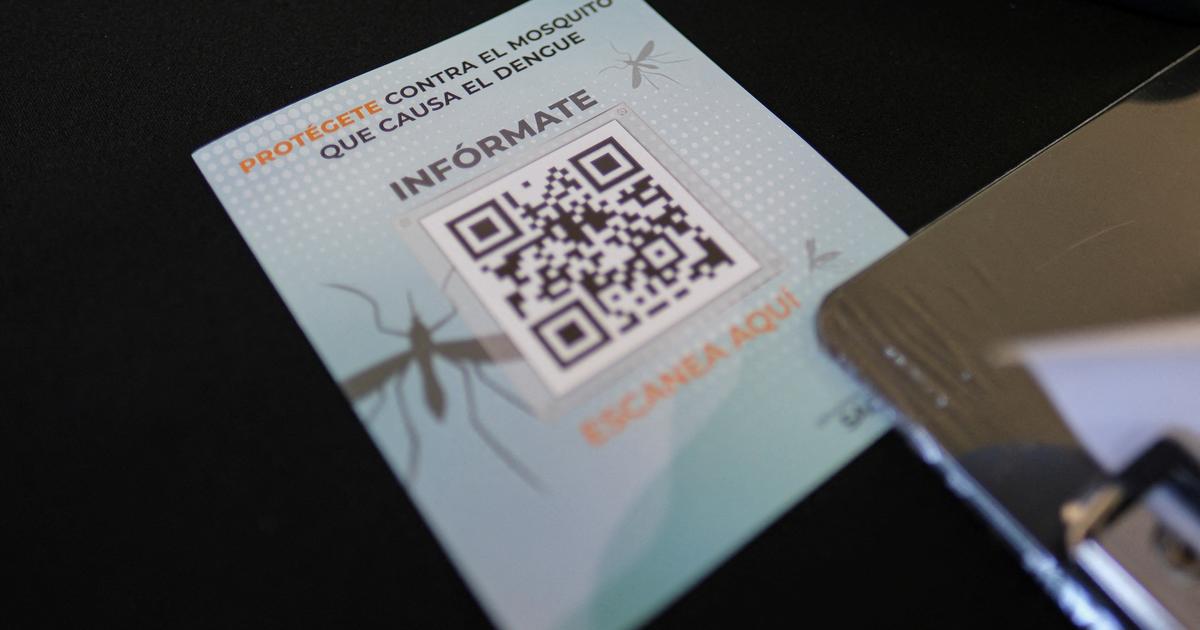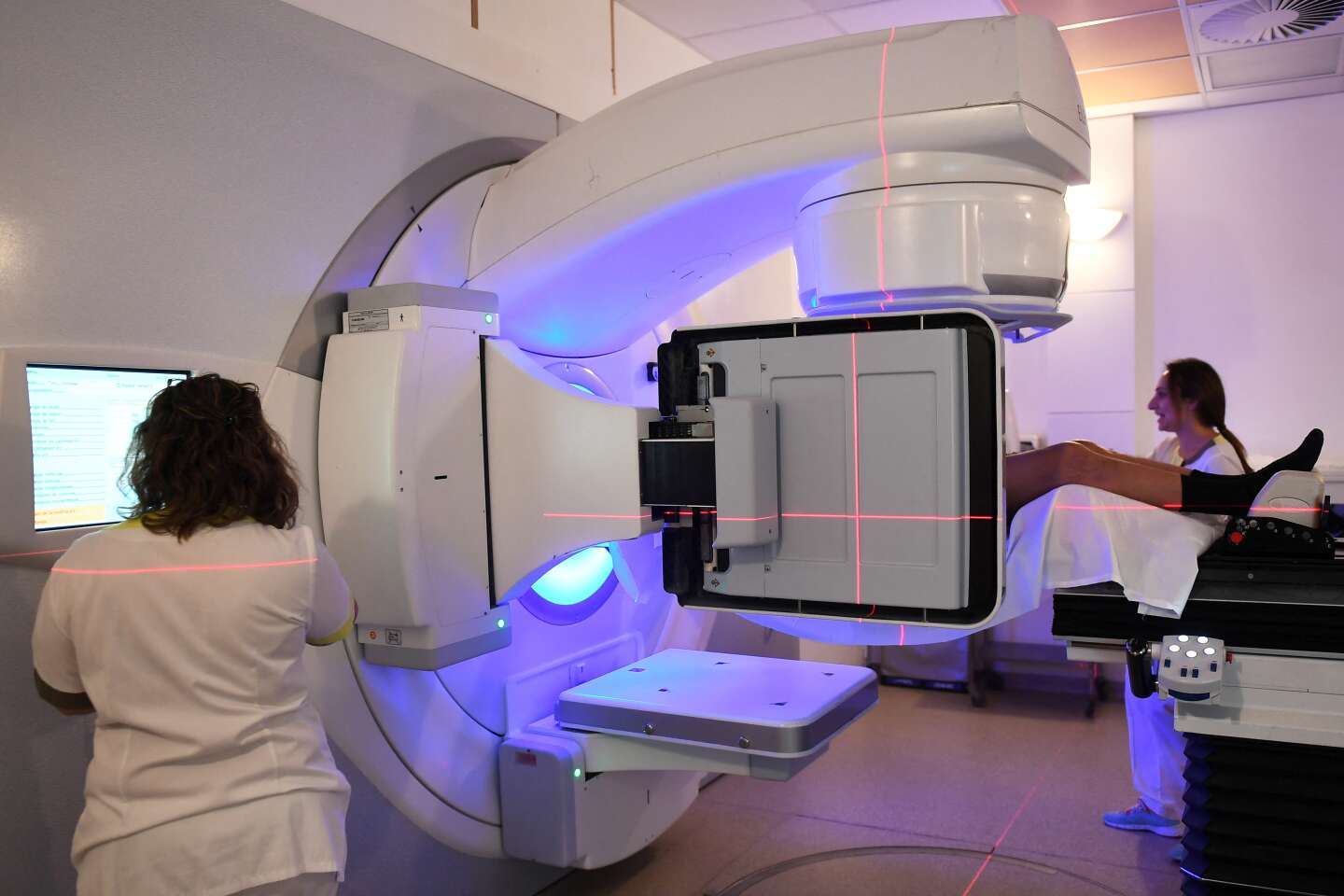“A protocol must be developed to strengthen CAPS and internal medicine”
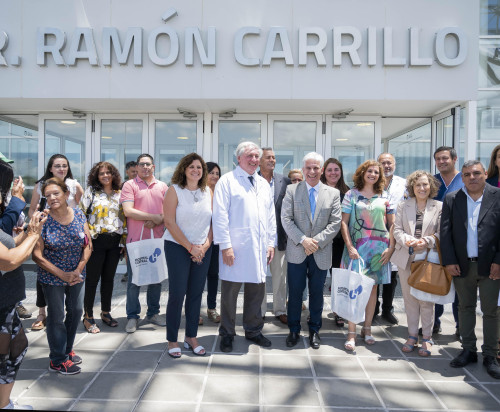
On his first visit to the ‘Doctor Ramon Carrillo’ Central Hospital, Governor Claudio Poggi visited the various areas of the largest provincial public medical center, learned about its operations and talked to the staff.

Governor Claudio Poggi greeted neighbors entering or leaving the province’s public medical center as soon as he got out of the car that left him at the door of the ‘Doctor Ramon Carrillo’ Central Hospital. Some even asked to be photographed. That image and people’s approach to amplifying a personal situation or request was a scene that was repeated in many areas that the President visited on his first visit to the hospital. “We must develop care competency protocols, create programs to strengthen primary health care centers (CAPS) and internal medicine and carry out management control,” Pogi said about the need for efficient coordination between the centers. According to health and hospitals, the degree of complexity of the patient’s condition.

The governor’s statement was based on reading statistics that he saw on a screen in the command center, an area that summarizes the registration and analysis of important information: that refers to operational (for example, how many patients are waiting, minute by minute); Epidemiological surveillance and internal communication. An employee explained that on Thursday the 11th, out of a total of 464 patients on shift, 104 did not attend, which usually slows down the care system. And the president of the hospital board, Adolfo Sánchez León, added that they have a scale to evaluate how many of the patients who went could be treated in CAPS, or a day hospital, because their health problems were not serious or complicated. . He said it is common for people to go straight to the ‘carillo’ without going through the nearest health center in their neighbourhood, which should be the first place they go.
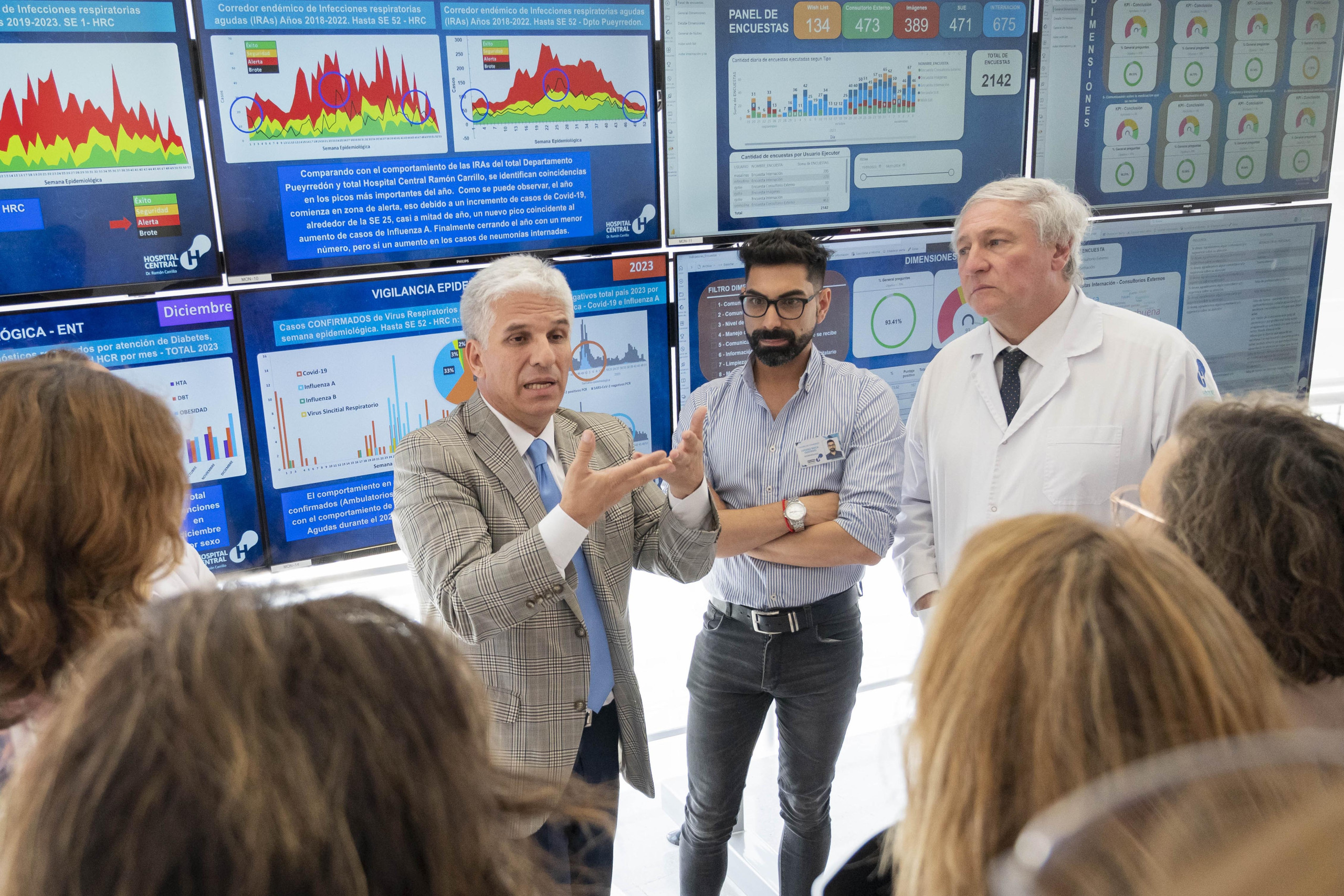
“The first thing the governor has told us is to change the institutional environment, always apply good treatment. Let people lose their fear, let politics not affect health anymore. That change is already noticeable. There is a different climate. The worker agrees with him. And then we continued to proceed with its configuration. Streamline the system of shifts and procedures. This is a hospital with billing in mind. It was designed in such a way that the patient, before being admitted, meets all the requirements to be able to pay the bill. Even for patients who do not have social security benefits and who are dependent on the ministry, this hospital bills the ministry, which seems pointless to us, since the budget is one. Our idea is the patient first and then billing, obviously, because the revenue must continue to be respected,” said Sánchez de Leon.
On the tour, Poggi was accompanied by host and Health Minister Claudia Spagnuolo. The official had come from another activity, a breakfast working with health workers in the White Room to improve the civilian care system, and Poggin said they had reached good conclusions and would start working on them. Members of the hospital’s board of directors – director Sandra Ottaviani, director Jorge Ostry, medical director Raul Correa and Andrea Lange – and health officials also participated in the tour.
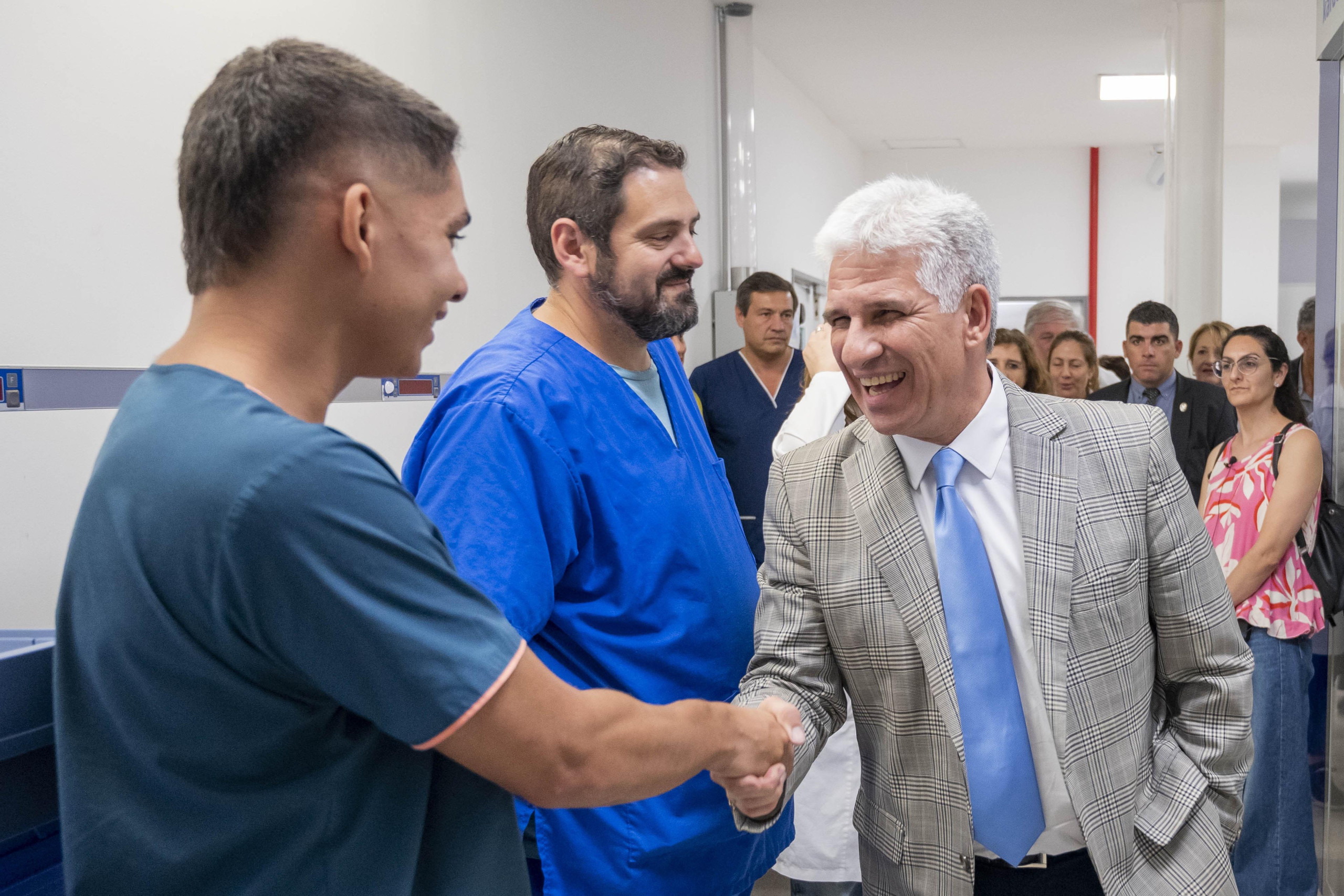
After passing through the hospital reception and speaking briefly with some patients waiting for treatment, Poggi toured the diagnostic imaging, resonance and tomography control room areas. There he took a few minutes to chat with the professionals, who explained how these studies are done and what kind of equipment they use.
He then continued to the emergency department and was admitted to the bereavement room (on-call therapy). A doctor named Laura Lucero told them what care is provided there, what kind of patients they receive and how long they are there.
After passing through the emergency room and the guard’s operating room, he entered the internal pharmacy, which one employee defined as the ‘heart of the hospital’, as it is where the medicines needed by everyone are administered and dispensed. services.
There Poggi spent several minutes learning about the technology they used, including the four Cardex, as medicine ‘closets’ are known, each with its own unique characteristics. He also saw the room where cytostatic preparations are made.
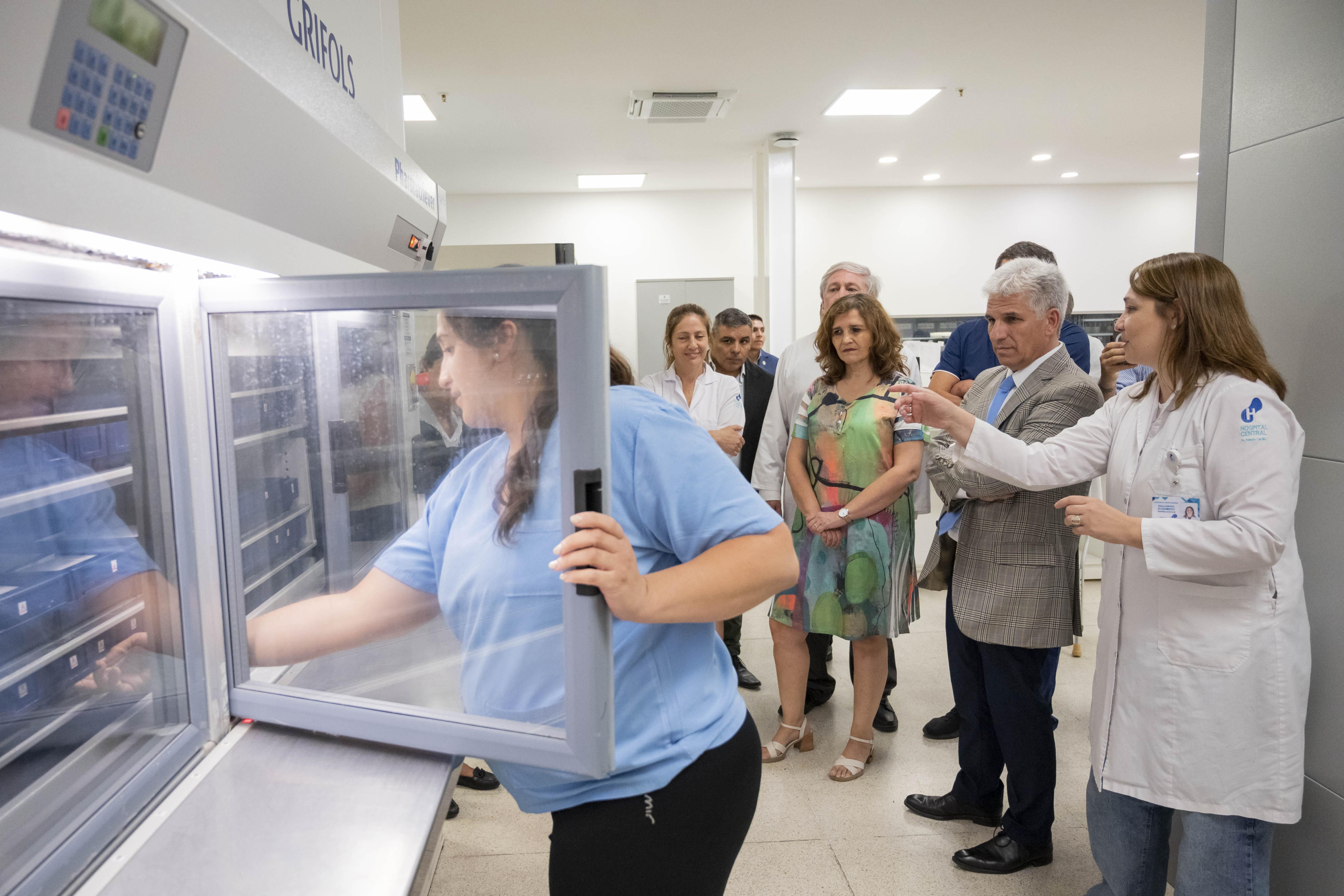
Then he went to the inpatient (central care) floor. Later, on the way to the command center, he spoke for a few minutes with Santiago Sain, who told him about the care the provincial public health team provides to the elderly. “We must send back retirees from the south of the province, who will be cared for in La Pampa in Mendoza,” he told the governor. From the gate, as he was leaving, some retirees, PAMI beneficiaries, approached Pogi. The director of the hospital told him that he hopes to activate a prosthesis bank soon, an initiative that he hopes will respond to one of the greatest needs of the elderly. “It’s a serious problem that people are hospitalized for three months or more because they can’t get their prosthesis. The Prosthesis Bank will give us a very quick access to patients with traumatological, cardiological or neurological problems who need a variety of prostheses or supplies. Your stay will be much shorter,” he promised.
Sánchez de Leon confirmed that, since he took office last December, he has made some changes to improve public health. “There are some new managers and we’ve made a few changes in recruitment. We will soon sign an agreement with DOSEP to make the procedures easier for those who are already helping with this social work. And we are working to streamline the shift system, so that there are fewer procedures. It takes some time, because there is a contract with social functions. Attention is the priority for every one of the Puntanos coming here,” he said.
And;



